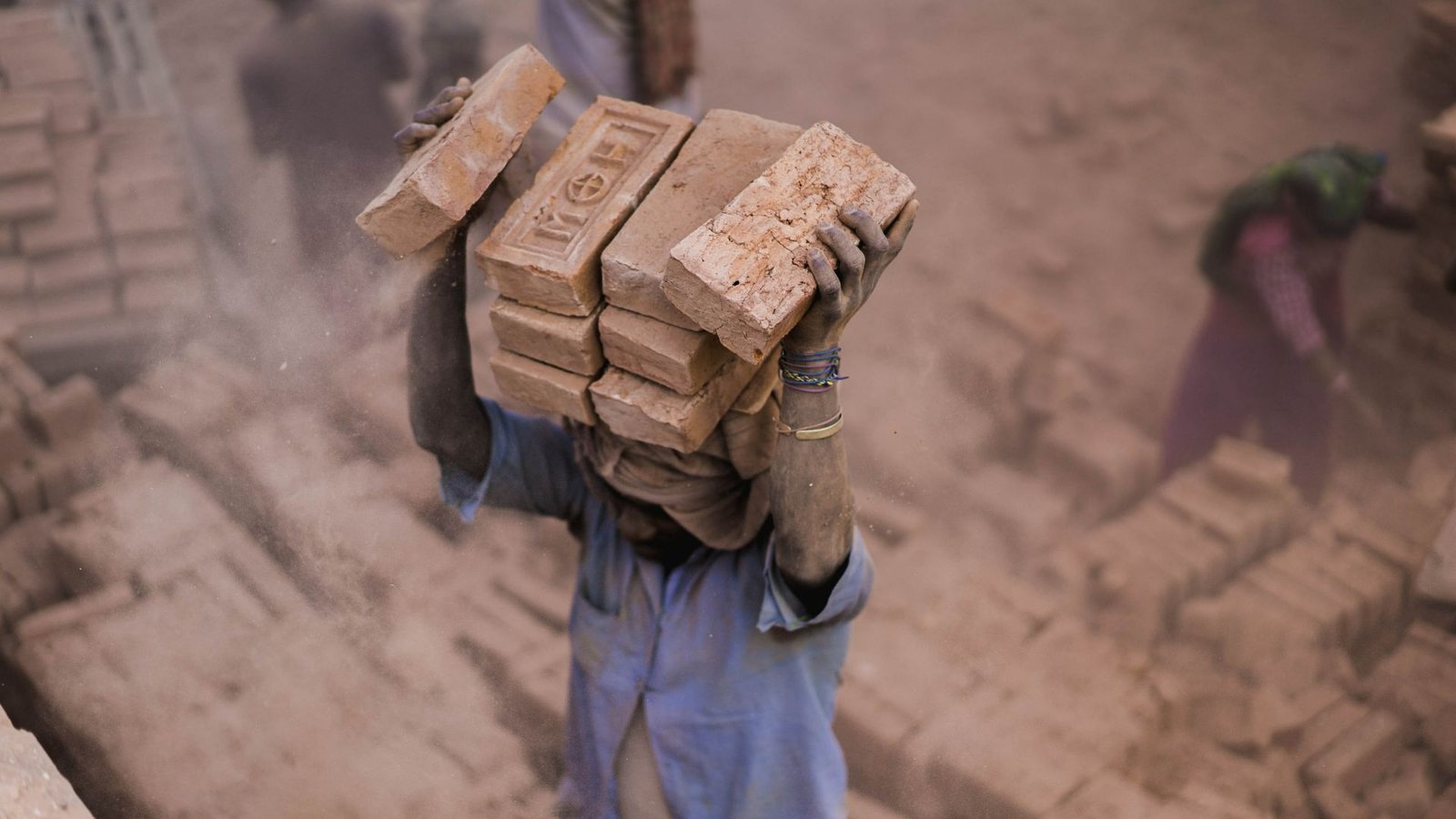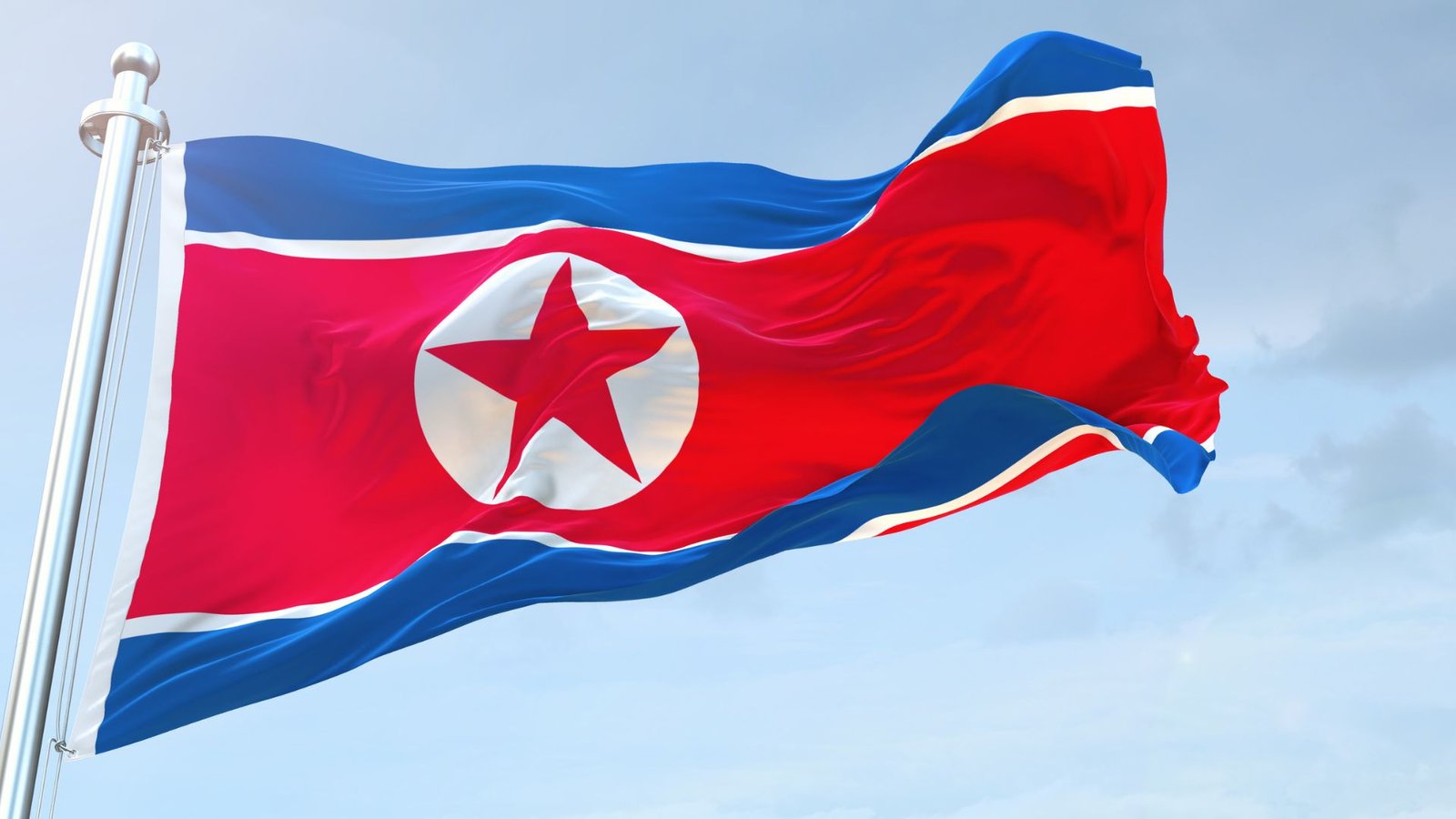On this page you will read detailed information about Right Against Exploitation.
As a citizen of India, you have the right to live free from exploitation. This fundamental right is enshrined in the Constitution of India under Article 23, which prohibits human trafficking, forced labor, and other forms of exploitation. In this article, you will learn more about the scope of this right, how it is applied, and what protections it affords the citizens of India. With an understanding of what constitutes exploitation and the legal recourses available, you can help safeguard this essential right. We will examine case studies that demonstrate violations of Article 23, as well as public interest litigations that have helped uphold this right. A nuanced understanding of the right against exploitation will empower you to identify and speak out against infringements.
What Is the Right Against Exploitation?
The right against exploitation protects citizens from forced labor, bonded labor, and human trafficking. Article 23 of the Indian Constitution prohibits all forms of forced labor, child labor, and trafficking for the purpose of labor or sexual exploitation.
Forced Labor and Bonded Labor
Forced labor refers to any work or service performed by a person against their will under the threat of punishment, while bonded labor refers to the pledging of labor or service by a person to pay off a debt. Both of these deprive people of their dignity and freedom. The Bonded Labour System (Abolition) Act of 1976 abolishes all agreements and obligations arising out of the bonded labor system.
Prohibition of Child Labor
Children under 14 years of age cannot be employed in any factory, mine or hazardous work. No child below 14 can be engaged in any employment, including domestic help. The Child Labour (Prohibition and Regulation) Act of 1986 regulates the working conditions of children between 14 to 18 years of age in non-hazardous occupations and processes.
Prevention of Human Trafficking
The Immoral Traffic (Prevention) Act, 1956 and its amendments prohibit trafficking for commercial sexual exploitation. The government has also enacted the Protection of Children from Sexual Offences Act, 2012 to protect children from sexual assault, sexual harassment and pornography.
To enforce these laws, the government has established agencies like the National Human Rights Commission, National Commission for Protection of Child Rights, and Anti-Human Trafficking Units. However, more work is needed to fully implement the right against exploitation, including increasing public awareness, rehabilitation of victims, and prosecution of perpetrators. Protecting the vulnerable sections of society from exploitation should be a key priority to uphold the principles of social justice and human dignity in India.
Constitutional Provisions Against Exploitation in India
Article 23: Prohibition of Trafficking and Forced Labour
Article 23 of the Indian Constitution prohibits trafficking in human beings, begar (forced labour) and other similar forms of forced labour. It makes trafficking in human beings, begar, and other similar forms of forced labour punishable under law. This Article aims to abolish forced labour in all its forms so that every individual can enjoy freedom and dignity.
Article 24: Prohibition of Employment of Children
Article 24 prohibits the employment of children below the age of 14 years in any factory, mine or any other hazardous employment. The aim of this provision is to prevent the exploitation of children and ensure that they are given opportunities to develop their full potential and have a fair chance at reaching their full human capabilities.
Bonded Labour System (Abolition) Act, 1976
The Bonded Labour System (Abolition) Act of 1976 abolishes the bonded labour system, cancels any obligation to repay bonded debt, prohibits the creation of new bondage, and frees all bonded labourers. It establishes a comprehensive framework for the abolition of bonded labour and provides for the rehabilitation of freed bonded labourers. The Act makes the bonded labour system a punishable offense and provides for the creation of Vigilance Committees to enforce its provisions.
Article 23(2): Traffic in Human Beings
Article 23(2) prohibits trafficking in human beings and other similar forms of forced labour. It makes trafficking in human beings and forced labour punishable under law. The Immoral Traffic (Prevention) Act, 1956 punishes trafficking in human beings for commercial sexual exploitation. The Trafficking of Persons (Prevention, Protection and Rehabilitation) Bill, 2018 aims to prevent trafficking of persons, especially women and children.
In summary, the Indian Constitution and various laws aim to abolish different forms of exploitation such as forced labor, child labor, and trafficking. They strive to promote freedom, dignity and humane conditions of work for all individuals.
In the previous post, we had shared information about Exploring the Key Differences Between Fundamental Rights and Legal Rights in India, so read that post also.
Forms of Exploitation Prohibited Under Article 23
Article 23 of the Indian Constitution prohibits certain forms of exploitation, namely, trafficking of human beings and forced labour.
Human Trafficking
Human trafficking involves transporting, recruiting or harbouring people through force, fraud or deception for the purpose of exploitation. It is considered a serious criminal offence. Victims of human trafficking can be subjected to forced labour, sexual exploitation, slavery, servitude or the removal of organs.
Forced Labour
Forced labour refers to work or service which is exacted from any person under the menace of any penalty and for which the said person has not offered himself voluntarily. Forced labour encompasses slavery, debt bondage and child labour. In debt bondage, the labourer’s services are demanded as a means of repayment for a loan. The key feature of debt bondage is that the labourer is not free to leave until the debt is repaid.
Begar or Forced Gratuitous Service
Begar refers to forced or gratuitous service such as labour, carrying goods or other demands made upon villagers without payment. The person upon whom begar is imposed has to do forced labour without any remuneration. Begar violates a person’s basic right against exploitation.
Article 23 aims to eliminate all forms of forced labour to ensure dignity and freedom for all individuals. Despite constitutional prohibitions, exploitative practices like human trafficking, bonded labour and child labour continue to persist in India. Strong implementation of laws, spread of education and social awareness are required to curb such social evils. Protecting the marginalised and vulnerable sections of society from exploitation should be an obligation for both the state and citizens.
Legal Framework Against Bonded Labor
India has strict laws prohibiting bonded labor. Article 23 of the Constitution prohibits traffic in human beings and forced labor.
The Bonded Labour System (Abolition) Act, 1976 formally abolishes the bonded labor system, cancels any existing bonded debt, prohibits the creation of new bonded debt, and orders the release of all bonded laborers. It also makes bonded labor an offense punishable by law.
The Act establishes Vigilance Committees at the district and subdivisional levels to help with enforcement and identify and release bonded laborers.
Rehabilitation of freed bonded laborers is also mandated, including allotment of land, housing, and monetary relief. The district magistrate and subdivisional magistrate are responsible for the rehabilitation process.
Despite a strong legal framework, bonded labor remains prevalent in India due to issues with enforcement and implementation. Many laborers lack awareness of their rights and the laws made to protect them. Corruption also undermines enforcement, as some officials accept bribes to ignore instances of bonded labor. Poverty and lack of alternative employment opportunities drive many into bonded labor relationships.
The Supreme Court has taken an active role to strengthen the framework against bonded labor. In a landmark judgement in 1982, the court stated that bonded labor violated fundamental rights and directed states to identify, release and rehabilitate bonded laborers. The court has since issued several directives to states on the proper implementation of the 1976 Act. In 2016, the court directed states to complete a fresh survey on bonded labor and submit rehabilitation plans.
While India has a robust legal and policy framework against bonded labor, strengthened enforcement and implementation, along with poverty alleviation and access to alternate livelihoods, are still needed to fully eliminate this exploitative practice. Continuous monitoring by the Supreme Court has been instrumental in pushing for greater compliance with the law. With political will and coordinated efforts across government and non-governmental entities, ending bonded labor in India can become a reality.
Judicial Response to Exploitation Practices
Bonded Labour
The Supreme Court has taken a strict stance against bonded labour practices. In the case of Neerja Chaudhary v State of Madhya Pradesh (1984), the court held that bonded labour violated Article 23 (Right against Exploitation) and was unconstitutional. It stated that bonded labourers should be identified and released, and their economic rehabilitation should be ensured by the state.
In Bandhua Mukti Morcha v Union of India (1984), the Supreme Court directed states to identify bonded labourers, release and rehabilitate them. It also fixed the responsibility on the Central Government to frame a comprehensive scheme for identifying and rehabilitating bonded labourers. The Bonded Labour System (Abolition) Act of 1976 was also upheld and states were directed to strictly implement its provisions.
Child Labour
The employment of children below 14 years of age in hazardous occupations and processes was prohibited in the Child Labour (Prohibition and Regulation) Act of 1986. In M.C. Mehta v State of Tamil Nadu (1996), the Supreme Court held that children should not be employed in hazardous jobs and that their fundamental right to education could not be compromised. It directed the state to identify child labourers and provide them opportunities for education.
The Supreme Court, in its subsequent orders, directed states and local authorities to ensure that children are withdrawn from all occupations and processes prohibited under the Child Labour Act. It also expanded the ban on child labour to include domestic workers and those employed in dhabas (roadside eateries), restaurants, mechanic shops and other unregulated sectors. The court’s interventions have strengthened the legal framework against child labour in India.
In summary, the Indian judiciary has adopted a rights-based approach to curb exploitative practices like bonded labour and child labour. By upholding relevant legislations and expanding their scope, the Supreme Court has aimed to identify and release victims of exploitation, rehabilitate them and guarantee their right to education and livelihood. Its judgements have been instrumental in obligating governments and administration to strictly enforce laws prohibiting such inhumane practices.
Role of NHRC and SHRCs in Curbing Exploitation
The National Human Rights Commission (NHRC) and State Human Rights Commissions (SHRCs) play an important role in protecting citizens from exploitation and upholding their fundamental rights. The NHRC, established in 1993, works to safeguard human rights and address complaints of their violations across India. The SHRCs operate at the state level to protect human rights within their state jurisdictions.
The NHRC and SHRCs have the authority to investigate cases of human rights violations, including incidents of exploitation, either based on complaints received or on their own initiative. They can summon witnesses, collect evidence, and recommend interim relief and compensation to victims. They monitor the status of victims and work to rehabilitate them, preventing further exploitation. However, their recommendations are not legally binding.
The commissions conduct inspections of jails, remand homes, women and child welfare institutions to detect cases of human rights violations and take remedial action. They spread human rights literacy and awareness through seminars, publications, and other initiatives. They review existing laws and make recommendations to the government to ensure they effectively curb exploitation and uphold human rights.
The NHRC and SHRCs have limited resources and power, so strengthening them can enhance protections against exploitation. Giving their recommendations legal force and more financial and human resources can augment their effectiveness. Regular joint meetings and coordination between the NHRC and SHRCs can help address exploitation more comprehensively across all states. Overall, a fully empowered and integrated human rights mechanism is needed to eliminate exploitative practices, protect citizens’ rights, and uphold human dignity.
Government Initiatives and Schemes Against Exploitation
The Government of India has taken various initiatives and introduced several schemes to curb exploitation and protect the rights of citizens. Some of the major schemes are:
The Bonded Labour System (Abolition) Act, 1976, aims to abolish bonded labour system and free all bonded labourers. It prohibits forced or partly forced labour where workers are compelled to provide service to a creditor to repay a debt. District magistrates are authorized to determine and certify the release of bonded labourers.
The Child Labour (Prohibition and Regulation) Act, 1986, prohibits the engagement of children below the age of 14 years in hazardous occupations and processes and regulates the conditions of work of children in other occupations and processes. It aims to regulate the hours of work, fix minimum wages and ensure the health, safety and welfare of child workers.
The Mahatma Gandhi National Rural Employment Guarantee Act (MGNREGA) aims to enhance livelihood security by providing at least 100 days of guaranteed wage employment in a financial year to every household whose adult members volunteer to do unskilled manual work. It prevents forced migration and protects people from exploitation and economic distress.
The Trafficking of Persons (Prevention, Protection and Rehabilitation) Bill, 2018, aims to prevent and counter trafficking in persons, especially women and children, to provide care, protection and rehabilitation to the victims, while respecting their rights, and creating a supportive legal, economic and social environment for them. It works to ensure prosecution of offenders.
The Sexual Harassment of Women at Workplace (Prevention, Prohibition and Redressal) Act, 2013, aims to protect women from sexual harassment at their place of work. It mandates all workplaces employing 10 or more workers to constitute an Internal Complaints Committee which will receive and redress complaints of sexual harassment.
These government initiatives and schemes strive to uphold the principles enshrined in the Constitution and protect citizens from various forms of exploitation. They aim to create an equal, just and inclusive society with dignity and security for all.
How Civil Society Is Fighting Exploitation in India
Civil society organizations are actively working to combat exploitation and protect people’s right against it in India. Groups advocate for stronger laws and policies, spread awareness about exploitation, and directly help victims.
Some civil society groups lobby the government to amend existing laws or pass new legislation to prevent trafficking, forced labor, and child labor. For example, campaigns persuaded parliament to pass the Child Labor Amendment Act in 2016 which outlawed child labor for those under 14 and placed restrictions on hazardous work for those under 18. Groups also put pressure on companies to improve supply chain monitoring and adopt ethical employment practices.
Awareness campaigns educate the public about the forms of exploitation and a person’s rights. Civil society organizations conduct outreach in rural communities and urban slums to inform people about illegal practices, teach them how to spot exploitation, and advise them of steps to take if they encounter it. Some groups use street plays, songs, and comics to raise awareness in an engaging way.
Certain organizations provide direct assistance to victims of exploitation by operating shelters, offering medical care and counseling, helping with job placement, and facilitating the rescue and rehabilitation of people trapped in forced labor or sex trafficking. For example, the International Justice Mission collaborates with local authorities to rescue victims from exploitation and ensure their safe recovery and reintegration into society.
While much work remains to eliminate exploitation in India, civil society groups are making valuable contributions through their advocacy, education, and victim support services. By pressuring policymakers, shifting public attitudes, and directly helping those in need, these organizations are protecting the right against exploitation and building a more just society.
FAQs on Right Against Exploitation in India
The right against exploitation is a fundamental right guaranteed to all citizens of India under Article 23 of the Constitution. It protects individuals from exploitation of any form. Some frequently asked questions on this topic are:
The right against exploitation prohibits trafficking of human beings, forced labor (begar), and employment of children in hazardous jobs. It aims to prevent the unfair utilization of labor without adequate remuneration or consent.
Forced labor refers to any work or service exacted from a person under the threat of penalty and for which the person has not offered himself/herself voluntarily. It includes bonded labor, where people are forced to work to repay a debt. The Bonded Labor System (Abolition) Act of 1976 abolishes bonded labor and frees all bonded laborers.
The employment of children in occupations unsuitable for their age, such as working in mines, inflammable substance factories, and hazardous processes as defined in the Factories Act of 1948 is prohibited. The minimum age for employment of children was raised from 14 to 15 years under the Child Labor (Prohibition and Regulation) Amendment Act of 2016.
Violation of the right against exploitation is punishable under various laws such as the Immoral Traffic (Prevention) Act, Bonded Labor System (Abolition) Act, and Child Labor (Prohibition and Regulation) Act. Penalties include imprisonment up to 7 years and fines up to Rs 20,000. The government has also established rehabilitation schemes for victims of such violations.
By understanding the contours of this fundamental right and related laws, citizens can work to eliminate different forms of exploitation in the country and build a more equitable society. Constant vigilance and reporting of violations to the appropriate authorities can go a long way in strengthening this right.
Conclusion
You now have a deeper understanding of the Right against Exploitation in India. This fundamental right protects people from being forced into work, held in debt bondage, or trafficked for labor or sex work. While laws aim to prevent exploitation, much work remains to fully uphold this right, especially for vulnerable groups. As an engaged citizen, you can help by supporting initiatives to enforce protections, educate communities, and empower those at risk of exploitation. Though eliminating entrenched problems like child labor feels daunting, even small acts like volunteering, donating, or speaking out, make a difference. The path to justice is long, but each step brings us closer to a world where no one lives in exploitation. You now have the knowledge to take your own steps on that path.
Disclaimer
The information and services on this website are not intended to and shall not be used as legal advice. You should consult a Legal Professional for any legal or solicited advice. While we have good faith and our own independent research to every information listed on the website and do our best to ensure that the data provided is accurate. However, we do not guarantee the information provided is accurate and make no representation or warranty of any kind, express or implied, regarding the accuracy, adequacy, validity, reliability, availability, or completeness of any information on the Site. UNDER NO CIRCUMSTANCES SHALL WE HAVE ANY LIABILITY TO YOU FOR ANY LOSS OR DAMAGE OF ANY KIND INCURRED AS A RESULT OR RELIANCE ON ANY INFORMATION PROVIDED ON THE SITE. YOUR USE OF THE SITE AND YOUR RELIANCE ON ANY INFORMATION ON THE SITE IS SOLELY AT YOUR OWN RISK. Comments on this website are the sole responsibility of their writers so the accuracy, completeness, veracity, honesty, factuality and politeness of comments are not guaranteed.
So friends, today we talked about Right Against Exploitation, hope you liked our post.
If you liked the information about Right Against Exploitation, then definitely share this article with your friends.
Knowing about laws can make you feel super smart ! If you find value in the content you may consider joining our not for profit Legal Community ! You can ask unlimited questions on WhatsApp and get answers. You can DM or send your name & number to 8208309918 on WhatsApp








